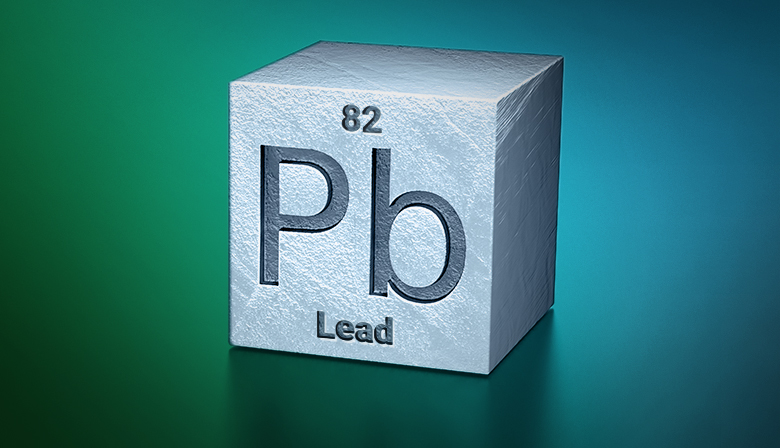
Consistent with our mission to make the world safer and healthier, we are tracking regulatory developments that may signal more stringent cleanup criteria for lead in soil.
On May 5th, 2021, USEPA released an update to the Integrated Exposure Uptake Biokinetic (IEUBK) Model that is used to predict blood levels in children from exposure to lead. There were several updates to exposure parameters, but the most important change is the “default cutoff blood lead concentration on the Find and Run functions has been lowered from 10 μg/dL to 5 μg/dL.” This change is presented throughout the documentation for the updated model as follows:
- remedial goals based on 5 μg/dL are “presented for illustrative purposes”
- the model uses a “user-specified target PbB level (e.g., 5 μg/dL)”
USEPA does not explicitly state in the documentation for the model that its target blood lead level has been changed to 5 μg/dL. However, this change can be expected as both the Centers for Disease Control (CDC) and Housing and Urban Development (HUD) currently use 5 μg/dL as a blood lead level of concern. USEPA also stated in March that they are reviewing lead remedial goals.
We are waiting on the next release of USEPA’s Regional Screening Levels (RSLs), as a change in the lead RSL would indicate a change in USEPA’s policy concerning the target blood lead level. If the updated model is run using all defaults and a target blood lead concentration of 5 μg/dL, the estimated screening level for lead in soil is 200 mg/kg. The current USEPA residential RSL of 400 mg/kg is based on running the previous version of the model using all defaults and a target blood lead concentration of 10 μg/dl. If USEPA changes its target blood lead level to 5 μg/dL, the residential RSL is expected to decrease to 200 mg/kg.
We will continue to monitor changes in USEPA’s policies on lead and any changes in lead remedial goals.